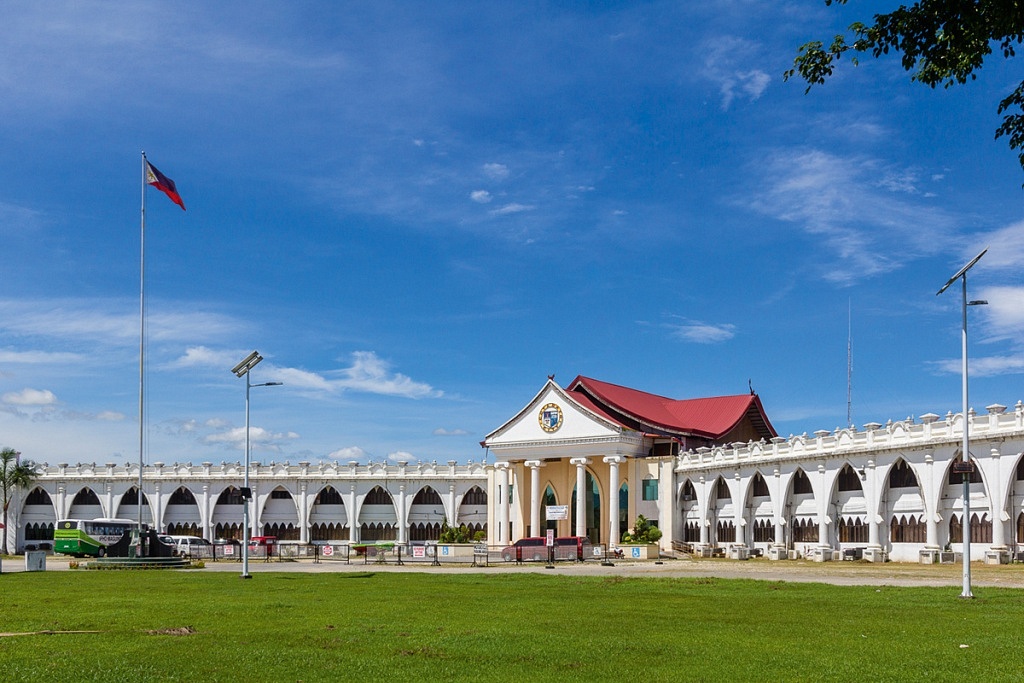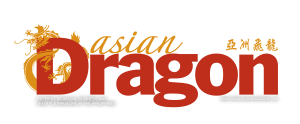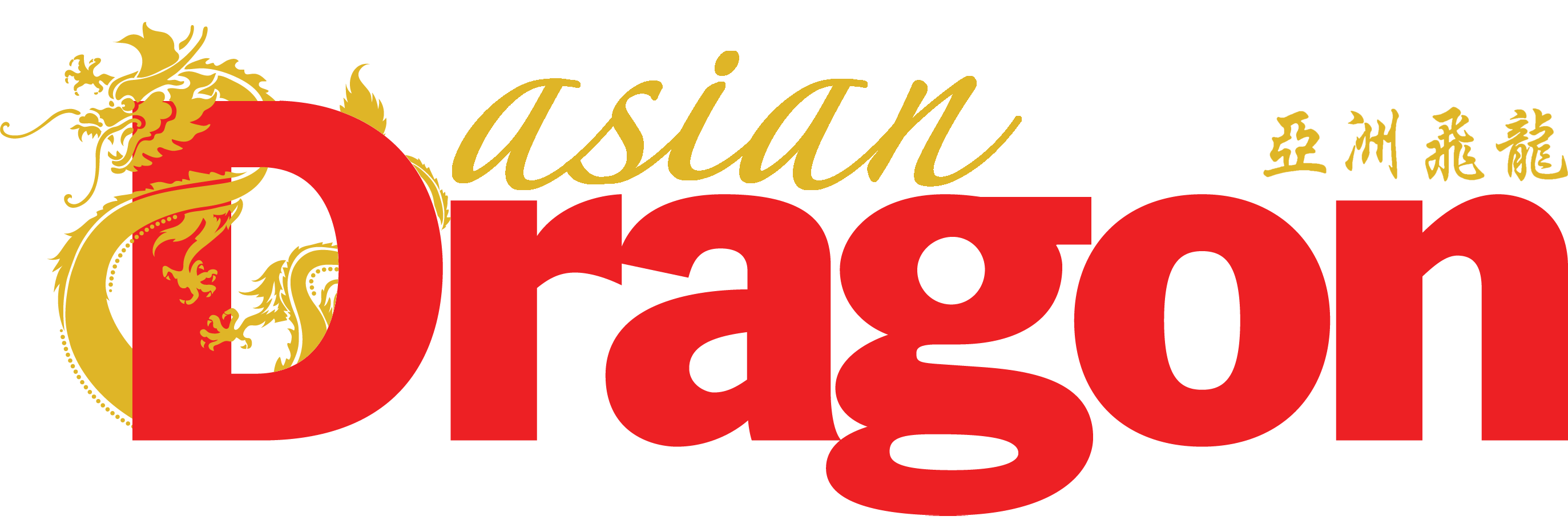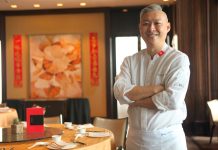
Cotabato City has never been Mindanao’s most popular destination. It seldom makes the bucket list of vacationers—and it’s high time it did. It has much to offer to travelers who want to experience a place that is both exotic and exhilarating.
For those unfamiliar with this part of the Philippines, the City of Cotabato is not located in the province of North Cotabato. Neither is it in South Cotabato. Geographically, it’s in Maguindanao. Yet it isn’t under the jurisdiction of the Maguindanao provincial government. Confused already? Just think of it as the Philippine version of Washington D.C. Cotabato City is an autonomous city. Over 76 percent of Cotabato City’s inhabitants are Muslim, yet they come from different tribes such as the Maguindanao, the Maranao, and the Tausug. Thus the colorful malongs worn by the ladies in the city tend to vary in style. Each tribe has a distinct look when it comes to traditional fashion. The tribes have their own individual culture and customs, all of which have thrived for five centuries now.

On the outskirts of the city is its largest and most impressive landmark, the Sultan Hassal Bolkiah Masjid, or the Grand Mosque. Built at a cost of P300 million, its construction was funded by the Sultan of Brunei. This enormous structure stands alone in a sweeping, pastoral setting, out in the open fields by the shores of the Moro Gulf and near the Tamontaka River. It’s the largest mosque in the country, and perhaps one of the country’s greatest landmarks. Strangely, it remains largely unheralded as such.
The Old Cotabato City Hall Museum, housed in a 78-year-old building, tells a bit of the history of Cotabato. Artifacts on display include various brassware, pottery, musical instruments, and other archaeological discoveries in Mindanao. The building itself is something to behold. A heritage building, it was the former seat of government and presents a fusion of the Maguindanao architectural style and neo-vernacular themes. It was designed by National Artist for Architecture Juan Arellano.
Cotabato City has been the seat of government of the outgoing Autonomous Regions of Muslim Mindanao (ARMM), which had a select group of Mindanao provinces under its jurisdiction. The city remained independent even as the ARMM held its offices in a large compound called the Office of the Regional Governor Complex.

This area was also used as the venue of ARMM’s anniversary celebrations, dubbed Pakaradjaan (merrymaking). Held from November to December each year, it included a series of parades and cultural presentations staged to highlight the way of life in each ARMM member province. The final anniversary last year was especially lavish, as it also marked the end of the ARMM, which is expected to give way to the Bangsamoro Autonomous government this year.
Meanwhile, the Shariff Kabunsuan Festival is held in mid-December to celebrate the city’s cultural diversity through music, dance, games, trade fairs, and thanksgiving rites.
As of this writing, the night life in the city has to end before midnight, because the entire Mindanao is still under curfew. This time restriction has its rewards, though. The city last year was ranked as one of the safest in the country as it registered one of the lowest crime rates recorded by the Philippine National Police.

Anyway, Cotabato City is meant to be enjoyed during the day. It’s the best time for nature lovers to explore the natural landscape. It just takes a short drive out of the city proper to stroll along Kalanganan Bai Walk, along the banks of the serene Tamontaka River. The place offers a chance to relax and savor the panoramic view of the Timako Hill and the Moro Gulf.
The bucolic setting suddenly seems like another world. Yet it’s just another facet that makes Cotabato City a truly eclectic destination.
Photographs courtesy of Estan Cabigas
Learn more of the historical must-see sites of Cotabato inside the magazine, available in all leading bookstores nationwide or downloadable from Magzter.






































